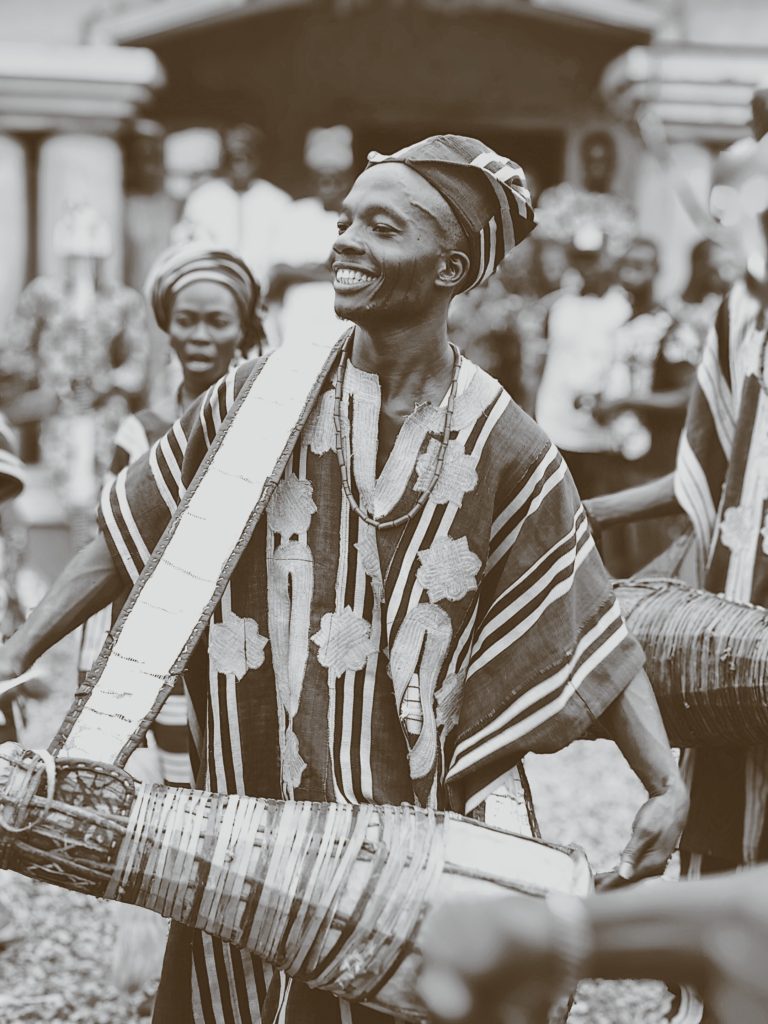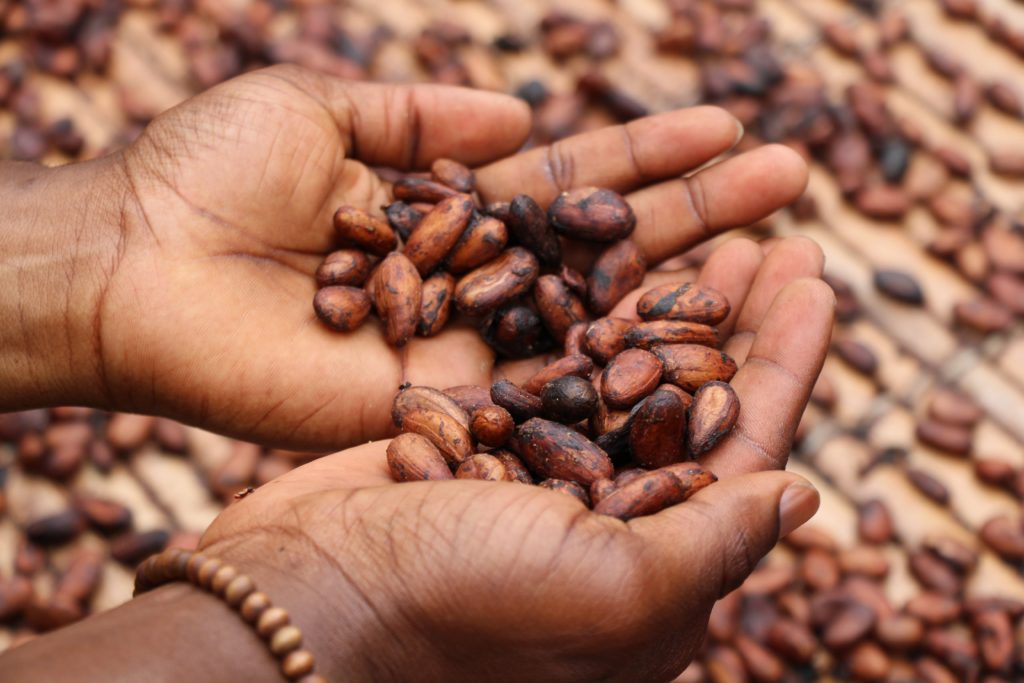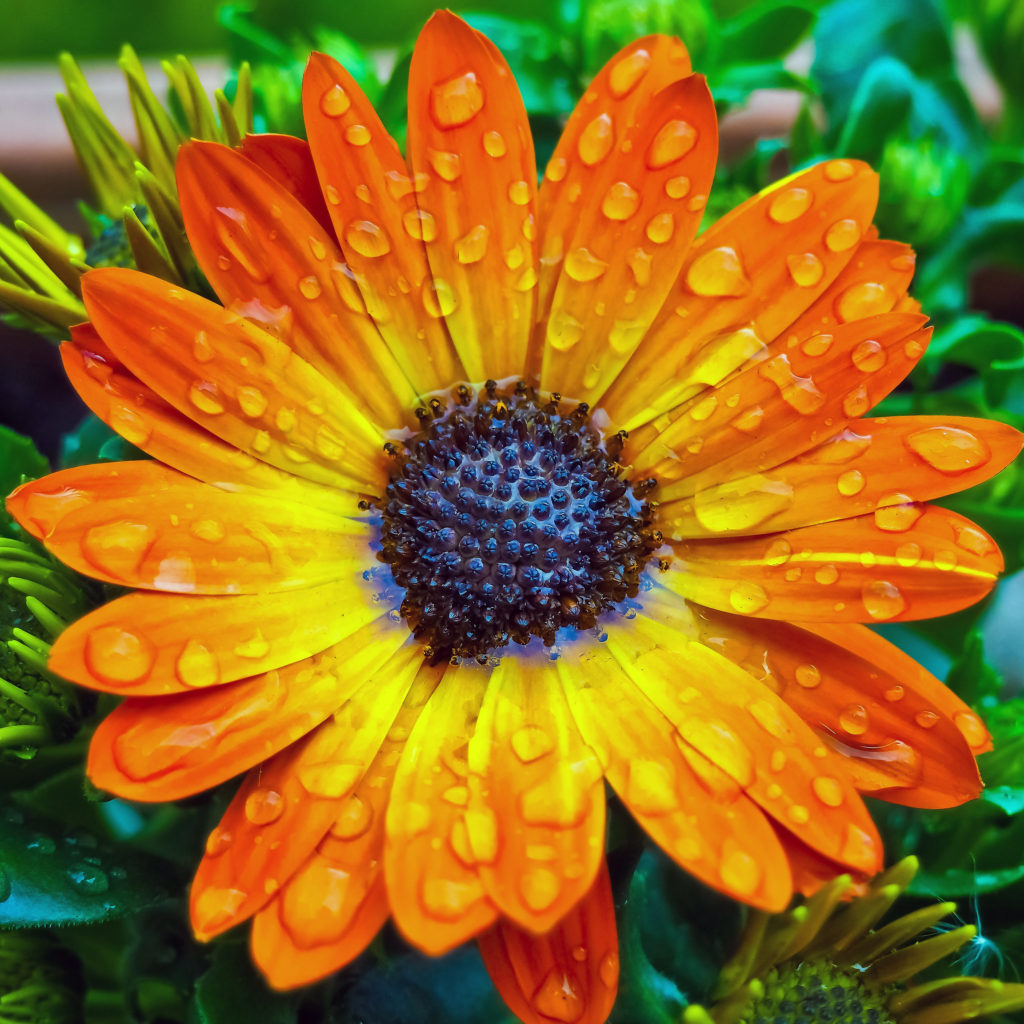
Would you like to know a little secret? Here it is…
Indigenous African medicine IS naturopathic medicine.
So, what exactly do African healing traditions have in common with Western medicine, particularly with Naturopathic medicine? Well, the traditions are as diverse as the African diaspora. However, all of these distinct cultures within the diaspora focus on diet, fasting, therapeutic applications of water (aka hydrotherapy), social and spiritual support (i.e. rituals, dances, music, group prayers, baptisms, etc.), bodywork (i.e. bone setting, “laying hands”), plants and herbs, minerals, counseling, dreamwork, and a close, interactive relationship with their ancestors. All of these channels for healing were used for all types of health concerns, whether they be societal, ancestral/generational, environmental, spiritual, emotional, psychological, or physical.
African-centered healing is both holistic and naturopathic because it recognizes the inter-connectedness of all things both within and outside of the self. There is no concept of separation between body parts, body systems, and the living systems in our environment because they all come from the same Source. An imbalance in one system will ultimately effect all parts of the system. Therefore, treatments never only address one aspect of the self. They address the multidimensional aspects of self – and thus, encourage multi-dimensional, holistic healing. These traditions also recognize an inherent, animate life force that supports life, health, and self-correction if there is imbalance. Illness cannot be healed without supporting this life force. This concept is also shared within Naturopathic medicine where the life force is called the vital force, or the “vis”.


